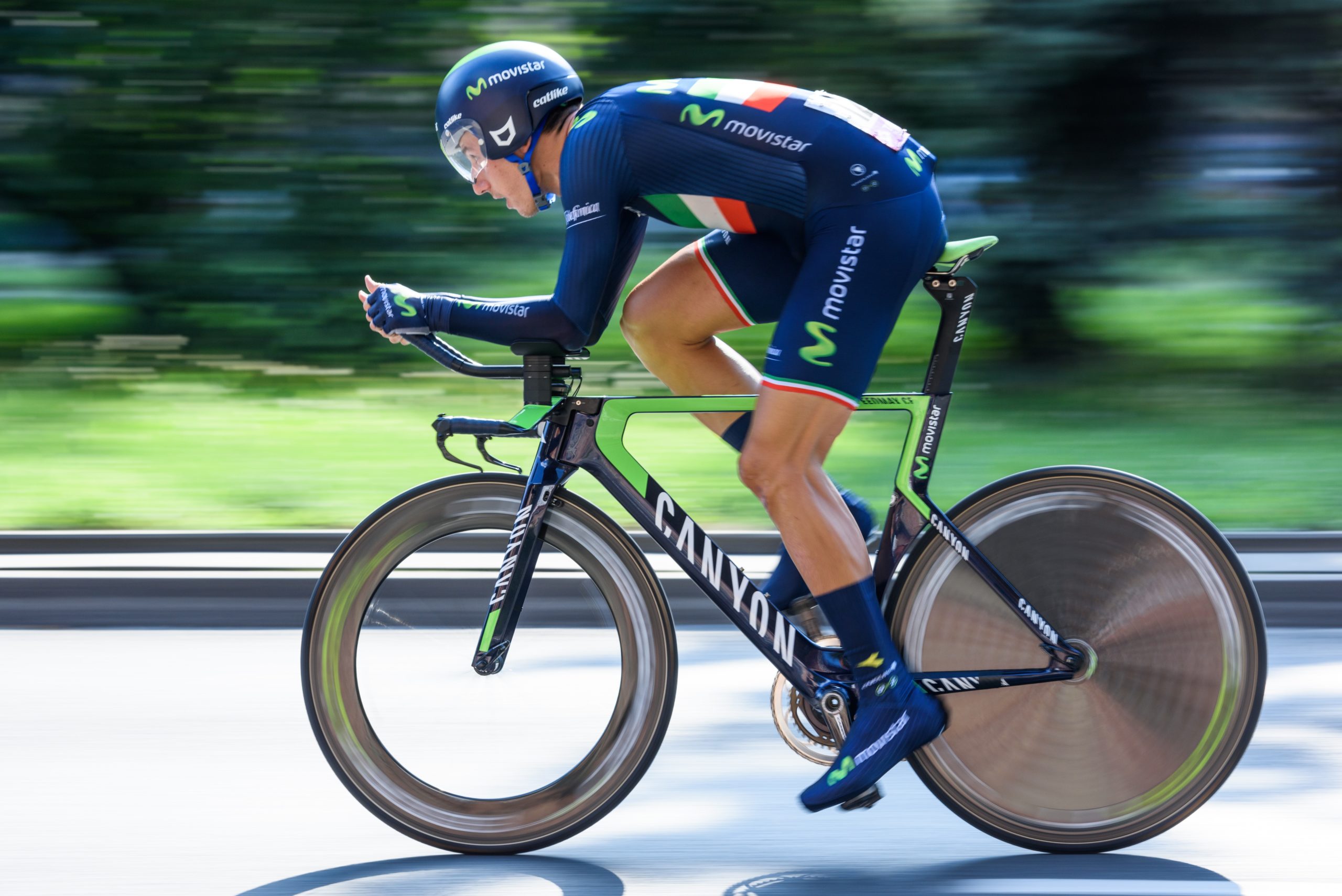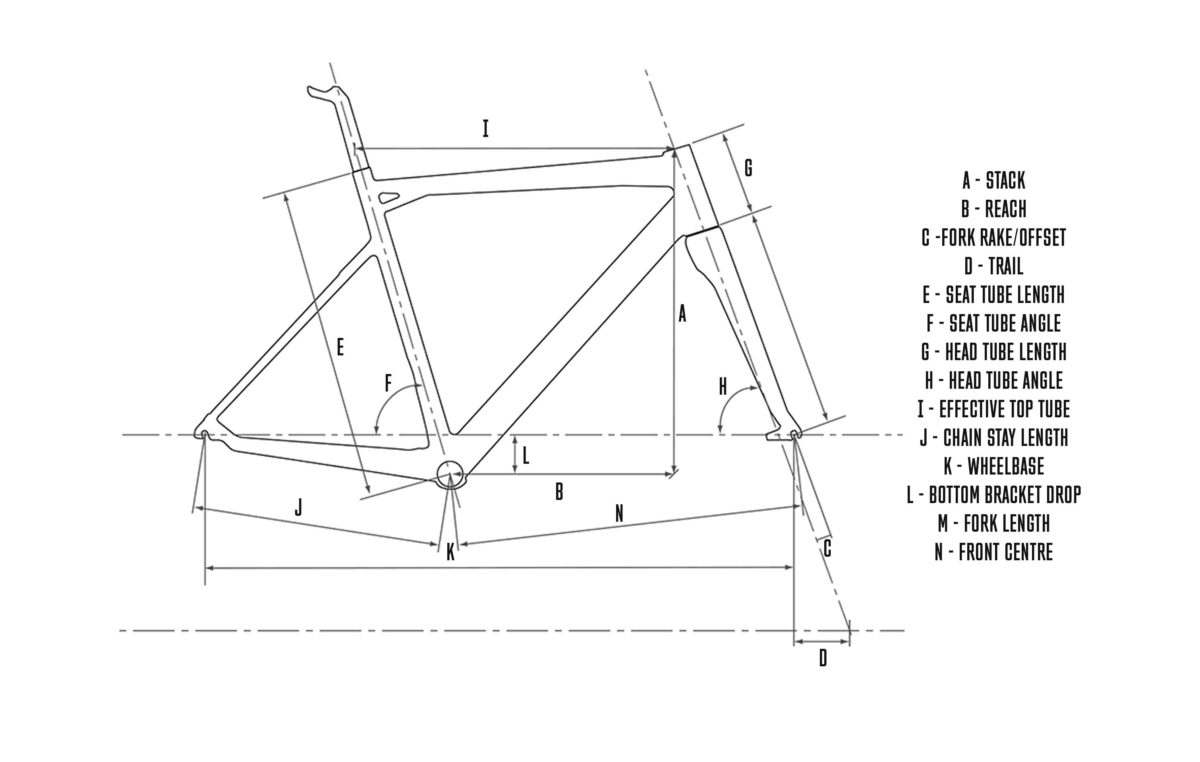Whether you’ve been riding for a while or you’re just at the beginning of your cycling journey, becoming a faster cyclist is a thought that crosses many a rider’s mind. You might be looking at racing, or you might just want to shave some time off your local loop. The good news is that there are a few things you can do to increase your average speed, and we’ve rounded them up so you can identify exactly which areas to improve on.

1) A training plan
You don’t have to be a professional to get the most out of a training plan. Simply having more of a structure to your riding routine will pay dividends in initial fitness gains. Rather than riding aimlessly (although there’s nothing wrong with that), try to set a purpose for each ride, whether that’s endurance, climbing, or VO2 intervals, for example. Or better yet, pay a professional coach to have a look at your current riding and suggest improvements.
For many people, time is of the essence and unlike professionals, we aren’t blessed with full days to train, nor do our lives revolve around cycling. Therefore, you must be efficient with your riding if you want to get the most out of it and ultimately become faster. By structuring your sessions and giving each one a purpose, you’ll be able to maximise your time on the bike without the need for extra hours each week.
2) A bike fit

Yes, it costs money, but having the optimum position on your bike can save you watts and actually increase your power output. A good bike fitter will measure things like your flexibility and strength to determine if there are any discrepancies or areas that need special attention. Make sure it includes a saddle pressure mapping test if you can as this will help you to identify what type of saddle will make your backside the happiest.
While it can optimise your efficiency on the bike you already own, a bike fit can also save you money in the long run as the fitter will be able match you up to a particular bike and size before you even open your wallet. Every body is different and it’s important you don’t just go with the trends – for example, slamming your stem – if your body can’t handle it. Get a professional to check over your positioning to get the most out of your bike.
3) Honing in on your nutrition and fuelling
Getting your nutrition and fuelling right is important no matter your goal. Make sure your diet is rich and varied enough to give you the energy to keep you going, especially if you’re upping the intensity of your rides. If you start riding for longer you’ll also want to consider taking some fuel onboard during your ride. If you’re riding for over 90 minutes, take an electrolyte or carbohydrate drink with you as well as some easily digestible food. This could be flapjacks, bananas, rice cakes or gels (but save those for the really intense sessions). There are plenty of resources out there to help you nail down your nutrition strategy, but the key is to find out what works for you.
4) Off the bike training

We know, you just want to ride your bike. But to get faster on it, you may want to consider what you can do with your time off it. Adding in some supplementary core conditioning and strength work will help you become more stable on the bike as well as improving your overall strength. Cycling is inherently a non-weight bearing sport, which means some riders are susceptible to weak bones or osteoporosis. Counteract this by spending more time doing weight-bearing exercises such as squats, lunges, and other strengthening moves. With time, you’ll find you can hold an aero position for longer and push the pedals harder as a result.
5) Tighter clothing
There’s a reason the professionals wear tight-fitting lycra: it’s more aerodynamic than a baggy t-shirt flapping in the wind. You don’t need to become an aerodynamics expert to appreciate how much faster you can go on your bike with a few tweaks – just try and hit the same power output in a t-shirt versus a tight-fitting jersey and witness the difference. The rider counts for about 70% of the drag on a bike, so try and get more aero, i.e. reducing your frontal area, then you’ll notice a considerable increase in speed. With no flapping material, you’ll feel faster too.
Bonus. New bike day
The quickest way to get faster is, of course, to buy a new bike. In particular, an ‘aero’ bike. Often, these have been tested in a wind tunnel and claim to shave seconds from time trial times and boost performance in races. But with this development and technology comes a cost. Brand new bikes are also a bit scarce at the moment so consider looking closer to home with one or all of our other pointers.
…
Whether you’re getting into racing or you’re determined to beat a PB on your favourite route, getting faster means you’ll likely be riding your bike more. Remove the worry about bike theft or getting involved in an accident with our specialist cycling insurance policies. We cater to everyone from commuters to racers.